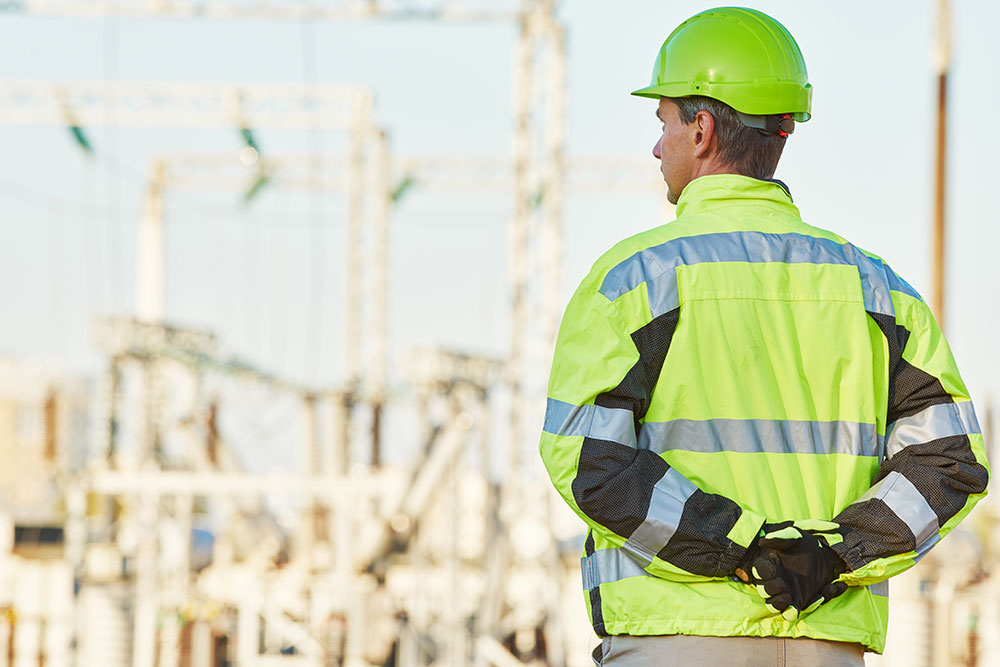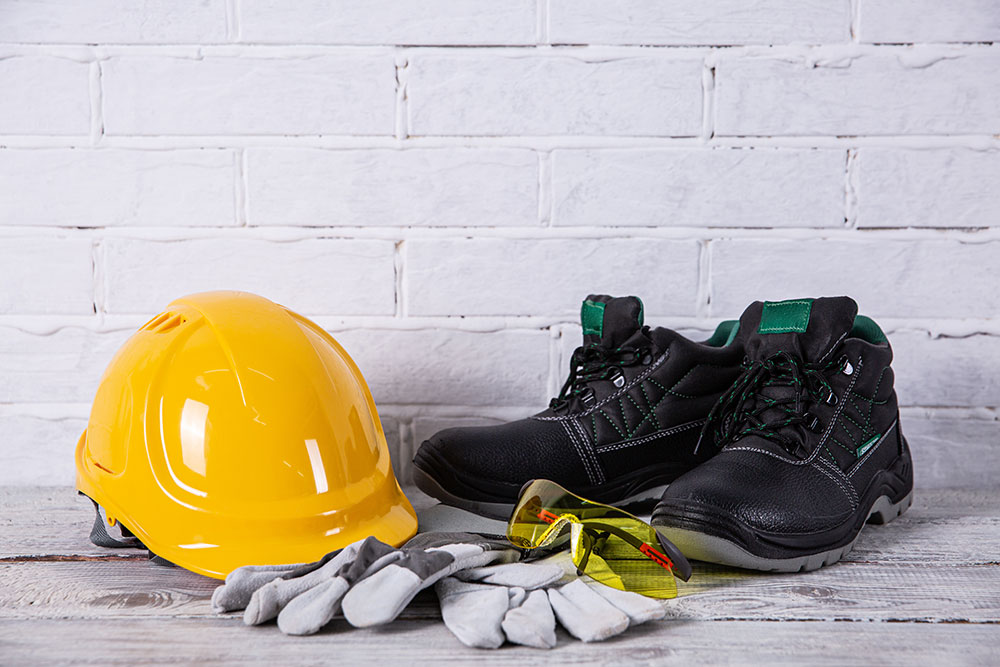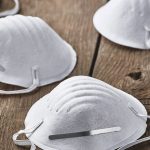Safety precautions through personal protective equipment (PPE) are required in the workplace to prevent injuries. While it is true that accidents can happen anytime and anywhere, some work environments have a higher risk than others.
In Australia and many parts of the world, the highest number of fatalities occurs among machinery operators and drivers. In 2018, there were 51 out of 144 total fatalities in this industry. In the same year, this sector had a 6.2% death rate, while sales and clerical workers had the lowest risk.
The good news is that these numbers are low, especially compared to other countries. Additionally, these accidents can be prevented with the right PPE.
Equipment, machinery, tools, and other elements in the workplace can be hazardous. It is why PPE should be worn, along with proper knowledge, training, and assistance from the company.
There are different types of personal protective equipment. Some are designed to protect the wearer from getting in contact with radiation, chemicals, and electrical hazards. Others exist to prevent physical and mechanical dangers. PPE can range from safety glasses to shoes to hard hats.
One thing to remember is that not all PPEs fit your situation. Which ones should you buy? The Workers Shop brings you the list of the essential workplace PPEs, which we have grouped according to their uses:
1. Head Safety
When someone mentions head PPEs, people automatically think of hard hats and helmets. However, they are not the only choices. Some workers require just sun and wet weather hats. You need to select suitable head protection equipment based on your job and workplace.Safety helmets typically protect a person’s head from getting struck direct on the head. Workers can bump onto a hard surface or blockage, which is a common occurrence. Helmets or hard hats can provide the needed protection. Some safety hats help in preventing electrocution after coming into contact with electrical hazards.
Sun hats are for people who often work outdoors, so they require maximum protection from the sun’s UV rays. Some sun hats have a brim or even neck flaps. Meanwhile, wet weather hats are for those who need protection from the rain.

2. Eye Protection
About 50,000 work-related eye injuries take place almost every year in Australia. The following protectors for the eyes are available:
- Welding helmet
- Face shield
- Safety spectacles
- Goggles
- Wide-vision goggles
- Tinted safety goggles
These pieces of equipment are for protecting the eyes against flying particles, harmful gases, and dirt. For workplaces that deal with aerosols and vapours, eye PPE should be required. AS/NZS 1336 defines how to choose the right eye PPE, which includes considering the nature of risk to the eyes. Protective equipment should not impair vision while performing tasks.
3. Hearing Protection
When a workplace is confirmed with a noise hazard, workers should wear appropriate hearing PPE. The following are the most commonly available hearing safety devices:
- Disposable hearing protection devices
- Ear canal cap
- Earmuffs
- Earplugs
- Helmets with ear covering
- Suspension systems
Evaluations of potential noise hazard areas are performed by the University of Western Australia Safety and Health for companies in the state. Guidance on the right hearing PPE is based on AS/NZS 1269, as well as AS/NZS 1270 Acoustics.
The right hearing protective equipment will depend on the noise level in the workplace. Other considerations include weight and wearer comfort. Some workers cannot perform their jobs if the ear safety device is heavy or too bulky. The clamping force of the ear canal caps or earmuffs should also be considered.
Some employees may need additional protection, such as helmets and goggles, along with hearing PPE. The selected device should be suitable for work and wearer.
4. Respiratory Protection
Division 3 of Occupational Safety and Health Regulations 1996 outlines the exposure standards and unbreathable environments in the workplace. Businesses whose workers are exposed to hazardous chemicals or gases should make sure that everyone is safe, especially respiratory health. Hazards include deficiency of oxygen and particulate or gaseous contaminants.Protective devices are divided into two groups. The first is comprised of air purifying devices, which include:
- Dust masks
- Gas filters
- Particulate filters
- Gas and particulate filter combination
The second type is a device that supplies air to the wearer, which includes self-contained breathing apparatuses and airline respirators. It is uncommon for companies to let their workers use these devices without providing them with appropriate training first.
5. Hand Safety
A wide range of hand PPE is available for workers to use. Many companies supply them for specific tasks, and therefore having sufficient stocks should be prioritised. Additionally, different sizes should be present to accommodate the varying requirements of workers.The hand protective equipment used depends on the type of hazards in the workplace. For instance, if there are chemical hazards, the right gloves should be worn. They should also be checked thoroughly to ensure there are no leaks or damage.
Some people are allergic to latex, which is the most common material used in gloves. To avoid allergic reactions, the gloves should be powder-free or have lower protein content.
6. Feet Safety
Foot safety is perhaps the most ignored out of all the PPEs. Occupational hazards can cause foot or leg accidents, as well as electrocution because of inappropriate footwear.The type of foot protection to buy will depend on the nature of work:
- Boots with steel caps are for those who work in maintenance, workshops, and mechanical laboratories. Engineers and farmers can also benefit from them.
- Enclosed footwear is typically applicable for everyone working in the laboratory to protect feet from accidental spills of hazardous chemicals.
- Enclosed footwear with protection will help those who stand or walk for several hours.
The fit and comfort of the shoes should be the top factors considered when buying footwear for work.
7. Body Protection
Among the most common types of body PPE is a lab coat, which is divided into three classifications:
- Traditional, which is for general use where chemical, radiation, and physical dangers are present
- Flame-resistant coats for those who work with air or water-reactive substances
- Barrier, which is often made of polyester PPE and is suitable for those working with contagious or infectious matters
Skin and body protection also includes the following types of PPE:
- Sunscreen
- Long-sleeved clothing
- Insect repellents
- Sunglasses
- Brimmed hats
- Gloves
- High-visibility clothing
Solar radiation is one of the biggest problems in the workplace. However, many employers and even the workers themselves do not address this issue. Simply wearing sunscreen is not enough, unless you use the right type. It is recommended that the sunscreen product should be broad-spectrum SPF30 or higher. The lotion or spray should at least be applied 10 to 15 minutes before heading out in the sun. It is also required to put on the product again after two or three hours.
Sunglasses should have an EPF10 rating and should meet the AS 1067 standards. They should be close-fitting as well for the eyes and the top part of the face to gain full protection.
Even with all these PPEs, it is still necessary to use the shade as often as possible. Also, workers are advised to drink plenty of water.
WorkSafe Australia provides guidelines for those who work under the sun.
Other types of body PPE include:
- Aprons
- Disposable clothing for those who work with paints and in the welding industry
- Coveralls
- Jackets
- Trousers
- Thermal and cold protective clothing
The employer should provide the list of the necessary body PPE for all the workers.
8. Kits
Prevention is always better than cure; therefore, it is smart to be prepared for the worst-case scenario. It is true that having a first aid kit is not a luxury, but it can save lives. For instance, a worker had an accident and injured the eyes. A kit should be present to help remove or at least alleviate discomfort.Kits depend on their purpose. For instance, some are designed for drivers, while others are for laboratory workers. Nevertheless, kits typically consist of the following essentials:
- Assorted adhesive bandages
- Gauze pads
- Non-stick sterile pads
- Medical or surgical gloves
- Blister relief
- Breathing barrier with a valve
- Tweezers
- Safety pins
- Pain relief medication
- Insect sting relief
- Antihistamines
- Antibacterial ointment
Some kits also come with sunscreens, flashlights or headlamps, notepad, permanent markers, and whistles.
While it is the responsibility of the employer to impose wearing PPE, workers have a duty as well. They should make sure they wear protective equipment correctly. If on the job site, employees should don the items at all times, mainly because there is a considerable chance of getting involved in an accident.
Another task of the worker is to check the PPE regularly before and after wearing it. All pieces of equipment should be free from tears, holes, or any forms of damage. Proper maintenance should be performed, as well.
For a complete range of workplace PPE, check out our available products here at The Workers Shop.




































